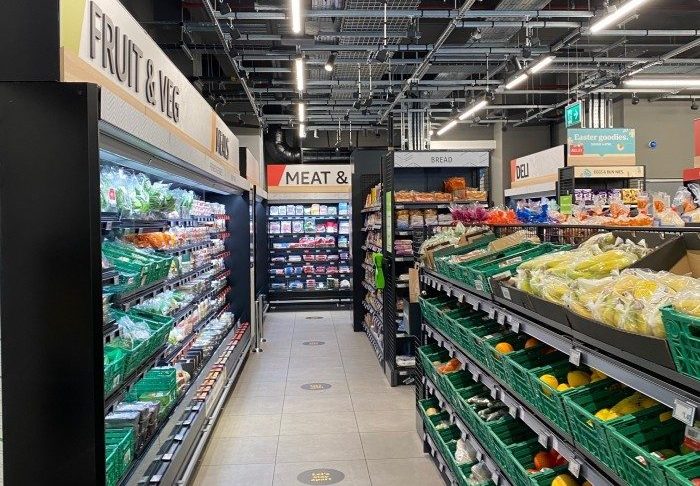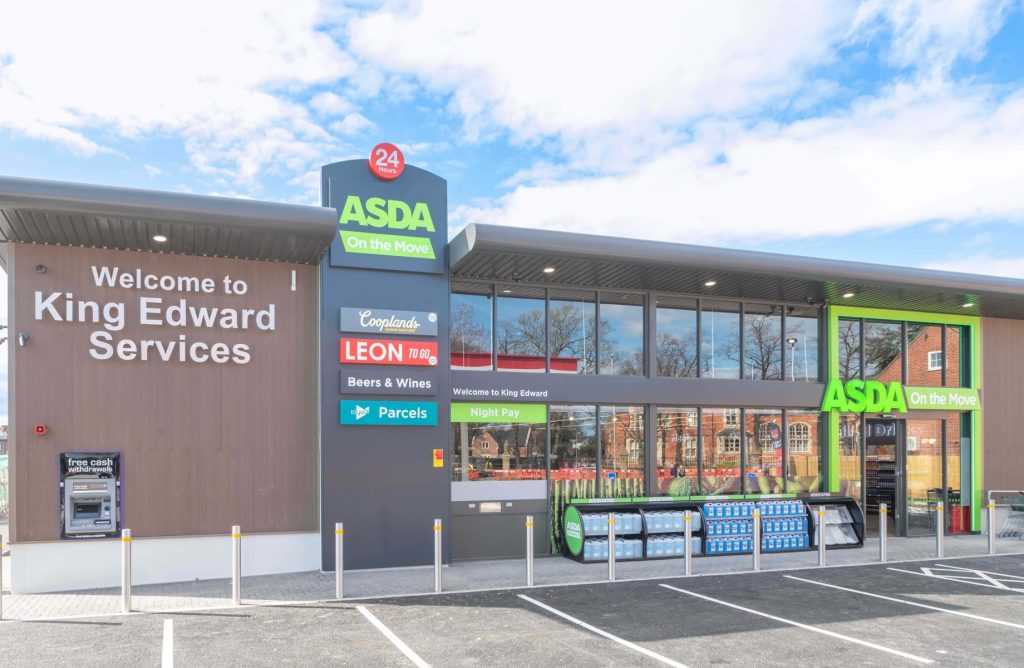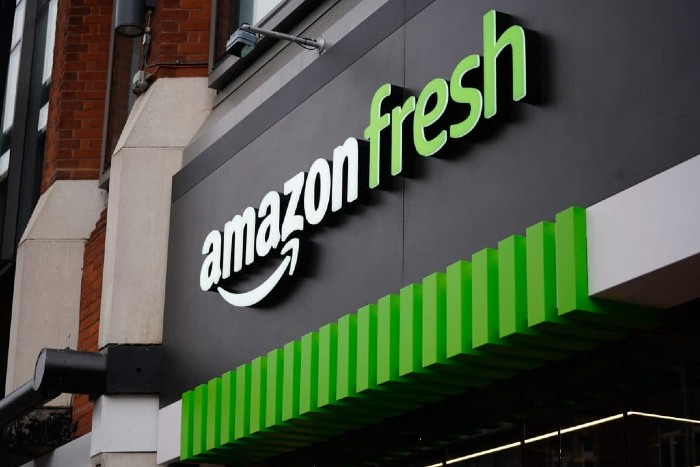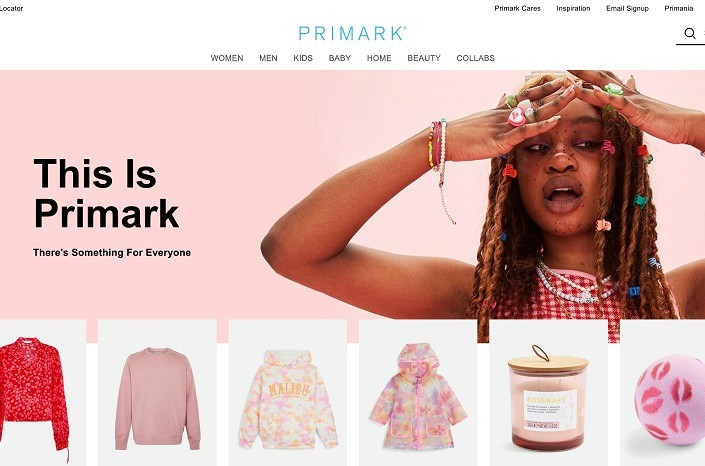Print is dead. That’s been the common wisdom since the advent of online retailing. It’s undeniable that advances in technology have helped retailers and distributors reach new and bigger audiences – as chief executive of an online-only retailer I understand this well – but we shouldn’t be writing off print marketing tools or more “traditional” methods just yet. I say long live the catalogue.
Print catalogues have become a thing of the past for many retailers but there is a strong case for its value and place in the constantly connected world we live in today.
For us and many other retailers, the catalogue is still an essential part of our sales strategy and a complement to our online shop. Customers are still coming back even after 50 years. Many customers who order online also order from our catalogue as well.
The blend of using both tools and giving customers an option means we aren’t excluding any parts of our audience and are providing the right shopping experience at the right time. It’s still a key part of the buying/decision making cycle.
READ MORE:
Interestingly, we have seen many retailers in the IT and electronics market cancelling their catalogues, only to reintroduce them again later after seeing negative impacts on their business and needing to meet customer expectations. Consumers still want physical, tangible aspects of the buying experience.
Take a look at Amazon as an example. Even the market leaders of online retail have taken note and have been publishing a physical catalogue in the US since the end of last year.
A study by GfK in The Netherlands revealed that catalogues still reach 11 million readers versus digital catalogues reaching four million. Only focusing on digital means missing out on millions of potential customers. Adding print to the marketing mix allows you to create deeper, longer lasting impressions with customers.
Being inundated with pop ups and emails can be overwhelming and easy to delete or ignore if done ineffectively. A catalogue offers a tangible visual experience that can cut through this digital noise.
Another key advantage of using print marketing tools is data protection. With challenges arising for marketers and retailers as a result of GDPR, print advertising has become even more important to ensure you are still delivering the right messages to your customers. But data can still be used to enhance your catalogue distribution strategy. For example, retailers can send certain editions of catalogues based on purchasing history to a customer.
In a crowded, always-on marketplace, an omnichannel approach is crucial for retailers to generate sales. Don’t forget the traditional tools that have proven themselves time and time again, and are still an effective way of communicating meaningfully. Catalogues provide customers with inspirational ideas, a visual experience and an opportunity to see the product in context.
The catalogue is dead. Long live the catalogue.
Ulf Timmermann is the CEO of Reichelt Elektronik
Click here to sign up to Retail Gazette‘s free daily email newsletter


















